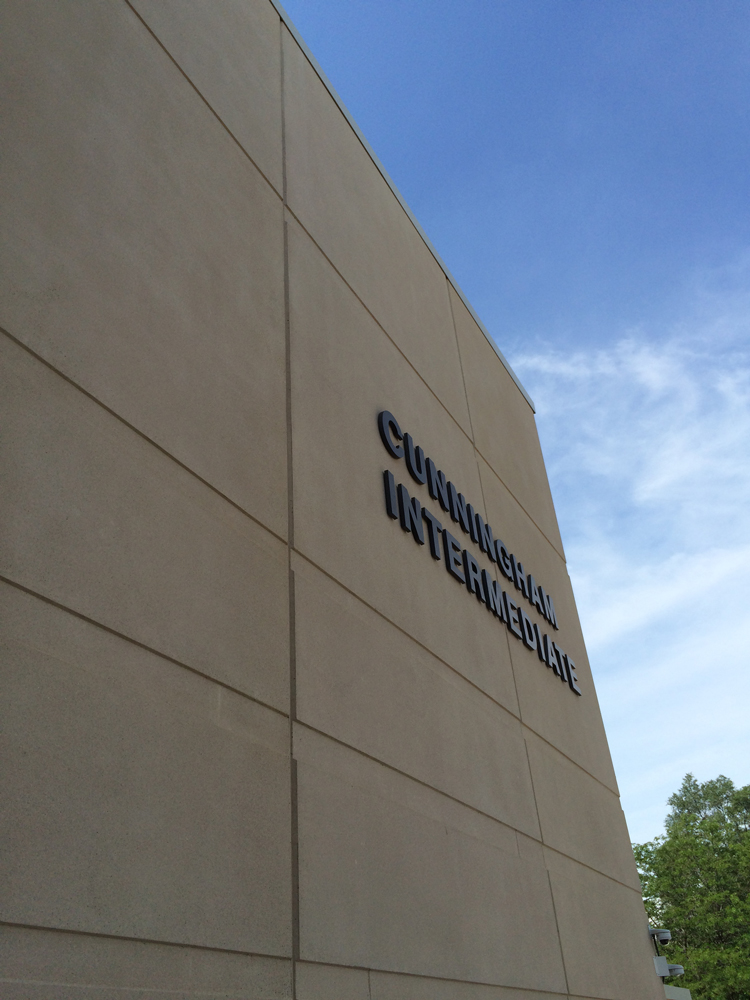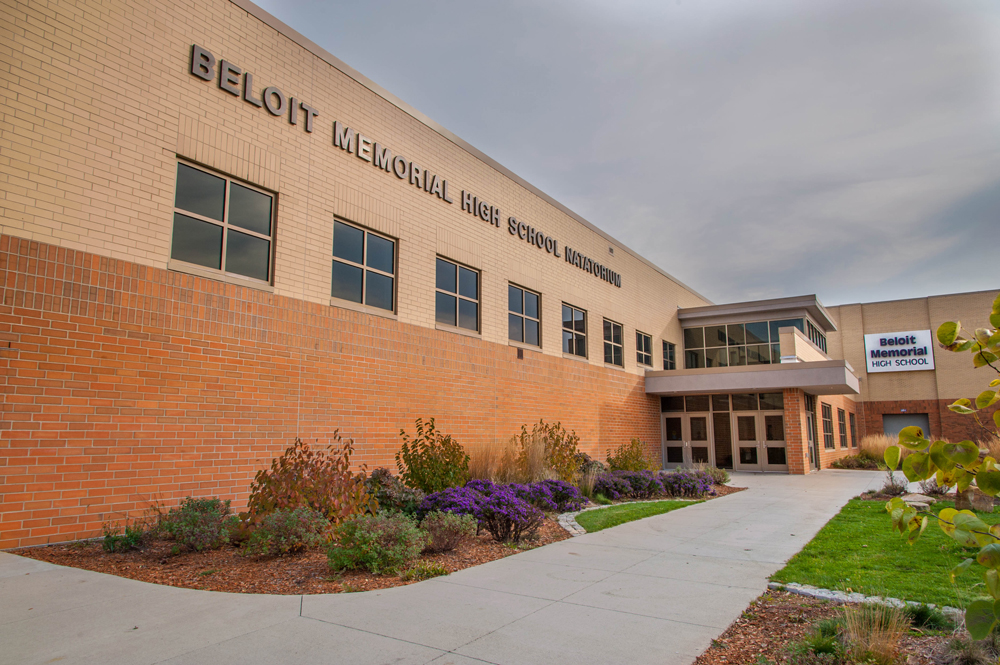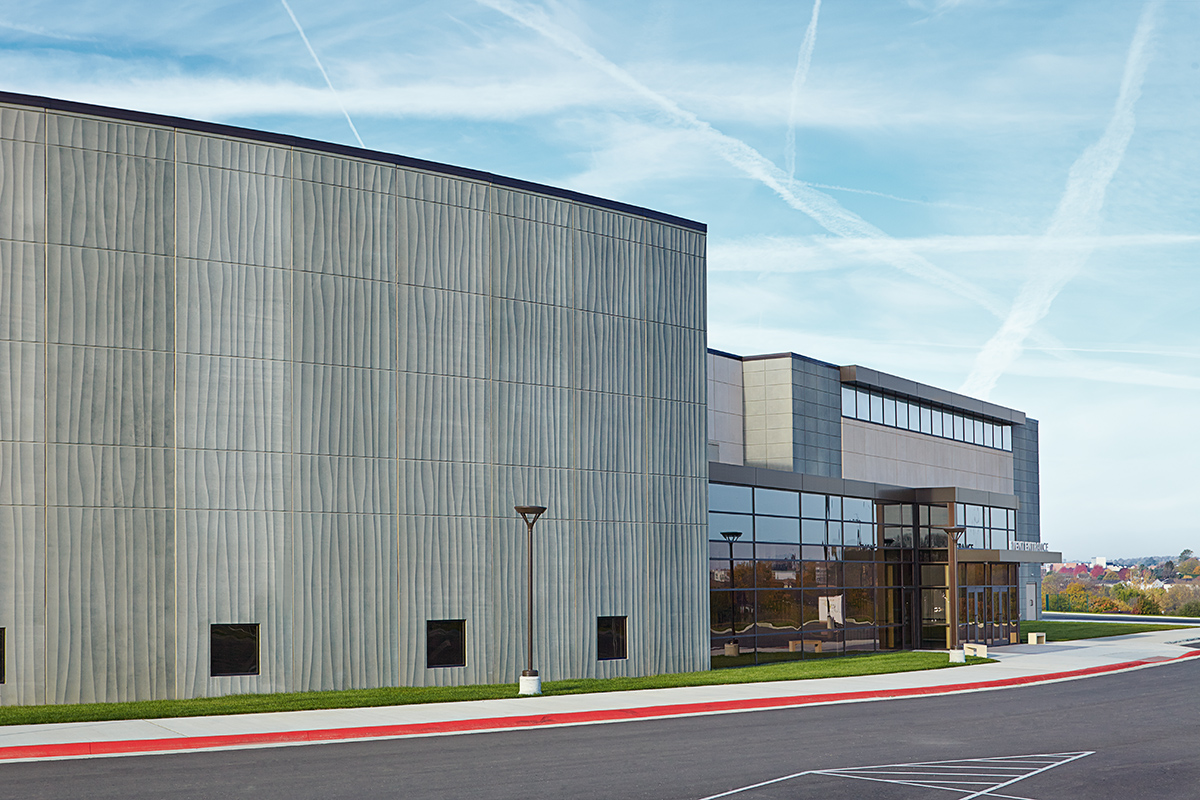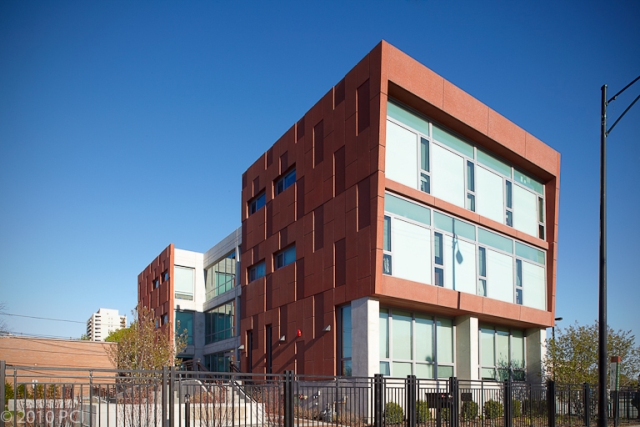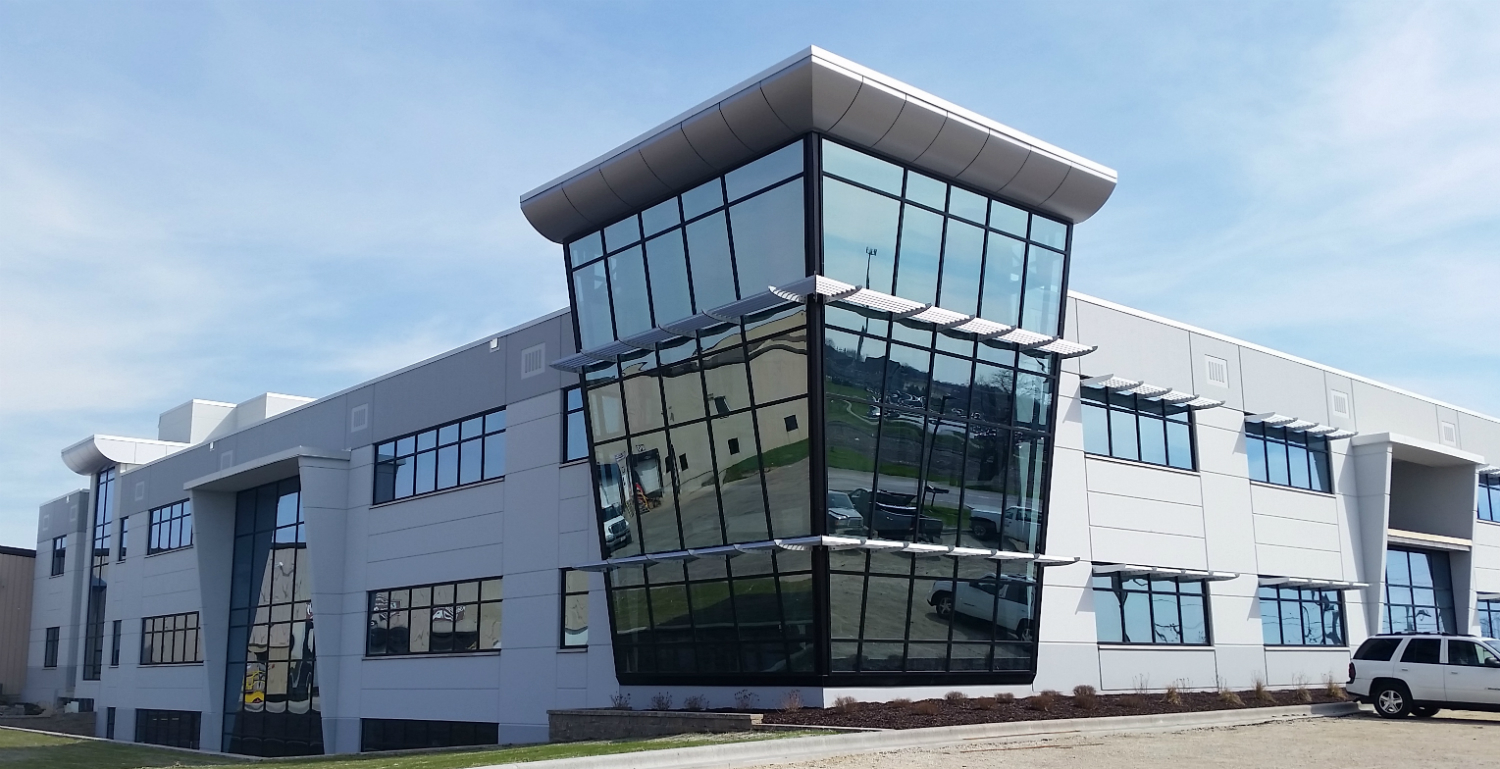The definition of efficient is “achieving maximum productivity with minimum wasted effort or expense.” Precast concrete embodies this term throughout every stage of a building’s life. From concept through completion, precast concrete checks every box. Efficient design uses thinner sections, precast concrete production uses the least amount of labor and materials, the speed of installation accelerates schedules and the result is reduced operating costs for a precast concrete building.
Efficient Design
From a sketch on a napkin in the conceptual stage, the design team works toward the most efficient structural design, using fewer components to resist shear forces, transfer loads and function as the building envelope. Precast concrete engineers and the engineer of record make every effort to design a structure as closely as possible to the needs of the job.
These leaner pieces have multiple facets of efficiency. From start to finish, they use fewer materials in creating the structural system. With the ability to free span over 50 feet (with hollowcore slabs) and over 60 feet (with double tees), precast concrete can greatly reduce a building’s floor-to-floor height compared with other structural systems. The result is a reduction in the overall building height and the elimination of excess building materials and costs. These long, clear spans also eliminate unnecessary columns, allowing more flexibility in the design and layout of the building.
Where a multi-tenant building is required, precast concrete can overcome the challenge of providing mixed use in a single building. The superstructure can accommodate varying conditions. By varying the layout of the precast concrete supporting elements, sound-deadening walls can be placed between residential units. Precast concrete transfer beams can support wide, open spaces.
Efficient Production
In a world with limited natural resources, every player in the construction industry has an eye toward avoiding shortages and puts an emphasis on conservation. Take a closer look at a precast concrete production facility and you will see ongoing efforts to avoid inefficiencies, redundancies, and waste. The ability to manufacture precast concrete components year-round in all weather conditions both increases speed at the site and makes efficient use of plant/labor personnel.
Precast producers also work with lean manufacturing principles to optimize bed length, strand usage, storage space, and raw materials. The significance of this optimization is often overlooked.
Efficient Construction
Working in tandem with well-organized precast concrete production is the optimized coordination of delivery. During the construction phase, the speed of precast concrete installation is unrivaled. The just-in-time delivery of pieces to the jobsite makes effective use of transportation and site access. A small crew can erect thousands of square feet per day and enclose the structure in days or weeks. Precast concrete construction is the most capable of meeting tight deadlines and enabling finishing trades to jump-start their work.
A single-source supplier enables the collective team to make changes more easily with fewer coordination issues and less site mobilization, which keeps costs to a minimum. Precast concrete’s speed of installation reduces enclosure time and eliminates the need for fireproofing, termite treatments and additional insulation. Faster completion time also reduces interim financing costs and contributes to other economic benefits.
Efficient Building/Operations
From a project program perspective, the use of structural wall panels with an architectural finish reduces the redundancy that is often seen with cavity wall systems. Precast concrete wall panels provide a moisture barrier, fire resistance, sound-deadening properties, and insulation. It is an all-in-one component without the need for extra materials and applications. Maximizing the thermal properties of precast concrete walls to delay heating/cooling requirements can reduce the load on HVAC equipment over the life of the building.
A precast concrete building is enclosed as the structure is being erected, thereby limiting the ingress of moisture and mold. Precast concrete provides efficiency in its use of materials, both throughout the construction stage and during the operation of the building. The hard-finished surfaces are easy to maintain. Precast concrete is the epitome of a well-organized, timesaving, labor-saving, cost-effective architectural and structural building system.
Efficiency and economy go hand in hand. Precast concrete design results in a building that showcases the material with open spaces and an absence of superfluous material. Precast concrete inherently resists natural forces with a totally composite and fully insulated building system.
Precast Concrete Builds Efficiently - Summary
Precast concrete minimizes wasted effort or expense from cradle to grave. From the planning phase, efficient design uses thinner sections: skinny columns, reduced beam sizes and slim wall panels. In production, precast concrete plant operations use the least amount of labor and materials to meet building specifications. During construction, fewer trades are involved, limiting on-site duration, wasted effort and cost of financing. The operation of a precast concrete building involves less maintenance and lower insurance costs.
~ Information provided courtesy of PCI.



